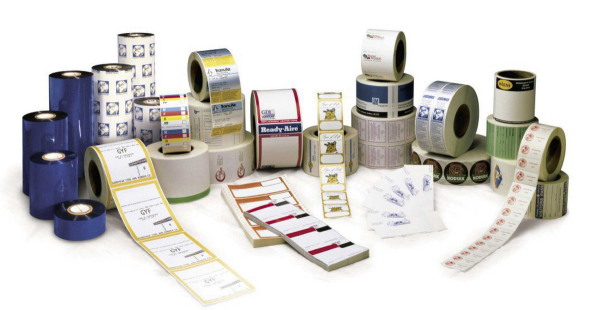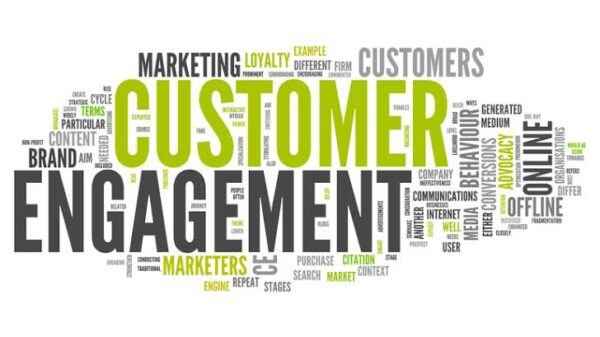Before you order a label printing online, you got to know a little more about the product. You’ve got every right to know what exactly you’re going to get from the merchant. If you think there is a lack of information, no worries, we’ve got the most important part of the information that you must know about label printing. Labels of bottled water can be made of different materials. The product durability definitely varies according to the material used. We’ll tell you about that. Additionally, we’ll also tell you about what are the various label printing techniques. So, here are the things to know about label printing:-
Label Materials Used By Manufacturers
- Polypropylene labels: Quite a durable material as it can resist heat, cold, moisture, tearing etc. Thermoplastic substrates are used to make this label. It’s quite a tough material and is just perfect if you’re looking for bottled water labels. This label is really good and can hold the ink colors better. It’s because the color is transferred to the label using extreme heat.
- Coated Paper Labels: Not a wise option if you’re looking for durable products. Coated papers are used here. Although these kind of coated papers are good for sharper and brighter printing images, they have less resistance to tearing. The ink can also run easily if the paper gets exposed to moisture or water.
- Synthetic Composite Label: This material is a bit new in the market. This is also a strong and water resistant label material. It looks somewhat like a paperweight. It’s made from two different materials known as polyolefin and silica. So if you want something tough and durable, go for this material. The ink color won’t run away easily.
- Laminated Paper Labels: As this kind of labels is produced by combining two or more layers of thin plastics, they are usually considered a bit stronger than the coated paper labels. However, this is also not a too reliable material. You can find them on inexpensive bottled water. Although they are not as durable as they tear easily, this material is good at holing ink color.
Printing Technologies
The printing techniques also differ depending on the type of technology used. Here are examples for your review.
- Ink Jet: Here the printing technology is controlled by a digital information and is more organized. With the help of the digital information, a very fine and tiny drops of ink is applied to the paper to produce the image. The proportion of ink to be used is controlled by the digital signals. It’s based on the 2D printer technique actually.
- Thermal Printing: The thermal printing process uses heat and pressure to apply the text on the desired printing label. For the printing purpose, a wax based ribbon is generally used. Although thermal printing has the water resistance ability, it does not give very high resolution pictures. Thermal printing might appear a bit fuzzy at times.
- Laser Printing: Here comes the laser printing. This technology is really good as it can give high quality print much faster than the ones like ink jet. It’s a type of digital printing process where very high quality text is produced by applying laser beam over a charged drum.
- Flexography: This is a printing process where some kind of rubber or plastic made flexible plates is used to print the labels. The process is very smart and applicable for any kind of material. However, the process might cost a bit higher than your expectation. If you go for this one, you may have to pay a bit higher.
- Digital Press: Digital press printing produces very good quality texts or images. During the printing process, some electronic data is transferred from the computer to the press. It is a digital process where the digital press analyses the printing process and rectifies the errors by adding small dots to fill up gaps. This printing technology is capable of producing rich color and high resolution pictures at 812 x 812 dip.
- Offset Lithography: Another printing process known as Offset Lithography is also used sometimes. Here the process is divided into several other stages. For the printing process, a roller is used to apply an oil based ink and also water on the plate. Here the images are basically transferred photographically to the thin metal, paper or plastic printing plates.
So these were basically the most important things to know about label printing. In any case, you must know what kind of technology a brand uses to print the label. Label printing is a diversified process. If you’re very particular about the label quality, try to make sure the brand uses a combination of commercial printing technology and very good quality label material for better durability.
This post has been written by Adam Jones.He loves to write about various aspects of Technology.He recommends icustomlabel.com for providing a variety of fantastic Customized Wine Labels.

7 Comments
Leave a Reply
Cancel reply
Leave a Reply
This site uses Akismet to reduce spam. Learn how your comment data is processed.

























































































































































































Donald Quixote
December 12, 2013 at 11:27 pm
Who knew there were so many different kinds of printing! I’m curious as to which one is best for printing photos, laser printing or digital press? Also, are they all in the same price range or are some much more costly. I know you mentioned Flexography being more expensive but what about the others?
Donald Quixote
January 31, 2014 at 10:51 pm
With all the different options of printers I don’t know which would be best for my house. Does the paper type make a difference when using these printers? Like if I buy a laser printer would it look better printing on a certain type of paper?
Smith
February 26, 2014 at 10:51 am
Adam Jones, your post is so nice, It,s important to printing work.
Richard Thompson
March 24, 2014 at 6:55 pm
I think people underestimate what kinds of factors go into printing on a large scale. From printing material to printing technique used, you need to choose the right ones for your application. Thanks for highlighting some of the more popular printing materials and techniques.
Gary Stein
May 9, 2014 at 12:03 am
Very informative article on label printing. This will come in handy.
Kevin Davis
May 12, 2014 at 8:18 pm
Any idea how many you have to order of each to get it to be worth the cost? Are there better economies of scale with one versus another?
Richard Thompson
October 24, 2014 at 10:48 pm
I just read this again, and it got me wondering. With all of the different methods we have developed over time to print things like this, what is the next step? do you think we will ever see labels printed with digital ink? Would something like that be cost effective?